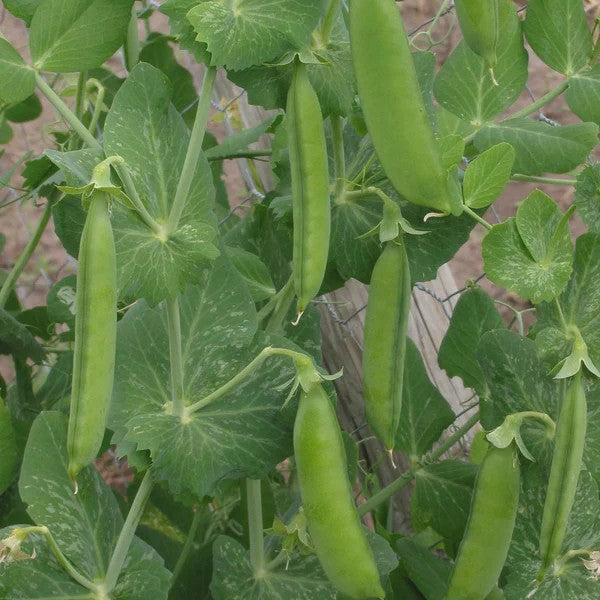Peas Greenfeast
Peas Greenfeast
Couldn't load pickup availability
Short Summary for Peas Greenfeast
Peas Greenfeast is a reliable, high-yielding shelling pea variety known for its plump, sweet peas and excellent disease resistance. This hardy, cool-season vegetable produces heavy crops of 8-10 cm pods, making it a favorite for fresh eating, freezing, or cooking. With a bushy, compact growth habit, Peas Greenfeast is ideal for home gardens, raised beds, and small spaces. Follow the Peas Greenfeast planting guide for a successful and delicious harvest.
Planting Instructions for Peas Greenfeast
General Sowing Time: Direct sow in early Spring as soon as the soil can be worked, or in late Summer for a Fall crop. Peas prefer cool temperatures and tolerate light frosts.
Position: Plant in full sun to partial shade for best yields. Peas Greenfeast performs well in rich, well-draining soil with a pH of 6.0–7.5.
Suitable Space: Grows well in garden beds, trellises, or containers. This bush-type variety does not require staking, making it low-maintenance.
Sow Depth: Sow seeds 2.5–3 cm deep, covering them lightly with soil.
Spacing: Space plants 5–8 cm apart in rows 30–45 cm apart to allow proper airflow and easy harvesting.
Height: Peas Greenfeast reaches a height of 50–70 cm, making it compact and easy to manage.
Germination: Seeds typically germinate in 7–10 days when soil temperatures range between 10°C – 25°C.
Days to Harvest: Ready to harvest in 60–70 days. Pick when pods are full for the best sweetness and texture.
Temperature: Prefers cool temperatures between 10°C – 25°C. Avoid planting in extreme heat.
Watering: Keep the soil consistently moist but not waterlogged. Water deeply, especially during flowering and pod development.
Fertilizing: Use a low-nitrogen fertilizer at planting time. Since peas fix their own nitrogen, excessive fertilization is unnecessary.
Pests/Diseases: Watch for aphids, powdery mildew, and pea weevils. Ensure good airflow, use organic pest controls like neem oil if needed, and avoid wetting leaves to reduce disease risk.
By following these planting instructions, Peas Greenfeast will thrive, providing a delicious, abundant harvest perfect for fresh eating, cooking, or freezing.
Share


